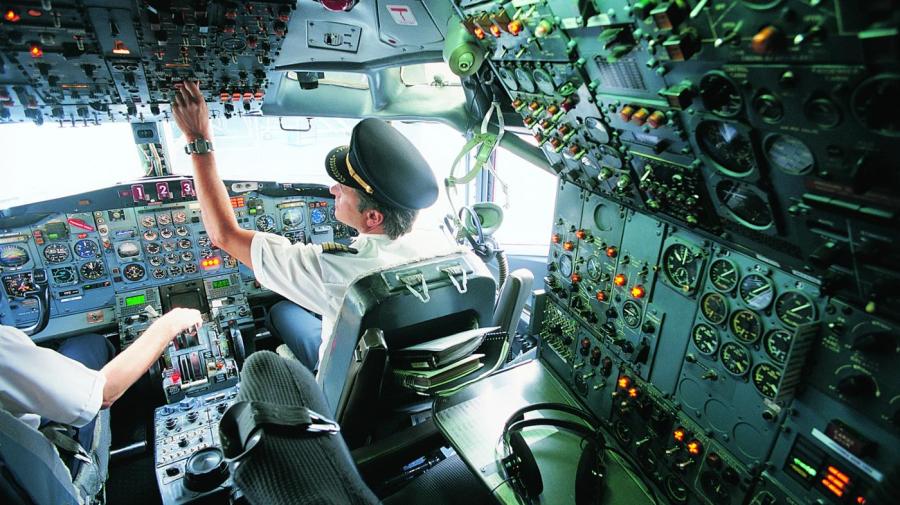How Is Trigonometry Used in Aviation?

Trigonometry is used in aviation extensively, both in the calculations performed by the machines and computers used by the pilots, and by pilots performing quick rudimentary calculations and estimates themselves. Trigonometry and trigonometric functions are used to estimate distances and landing patterns and navigate around obstacles.
Although the extent to which trigonometry is used by pilots and other navigators has dwindled over the years, many of their methods and computer systems are heavily ground in trigonometry and advanced mathematics. GPS, which can be found aboard nearly every modern air vehicle, uses the principles of trigonometry to compute distances and routes between locations.
Trigonometry allows pilots and flight engineers to account for their speed, velocity, angle of ascent or descent, as well as other external factors such as wind speed and direction. To do this, they utilize triangles and other structures composed of vectors. Computations involving these vectors allow them to solve complex problems and accurately model the behavior of their vehicles and environments.
Many pilots are also trained in the use of on-the-spot trigonometry to come up with quick estimates of their location and positioning in the air space. Usually, these calculations are based on the angle and position of the sun relative to a pilot’s plane.





